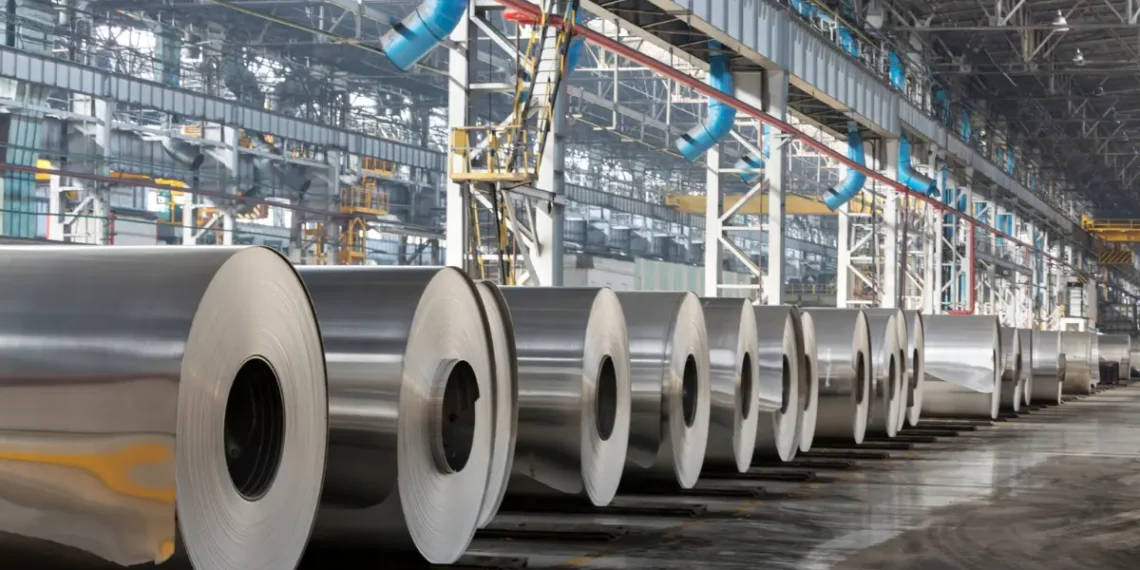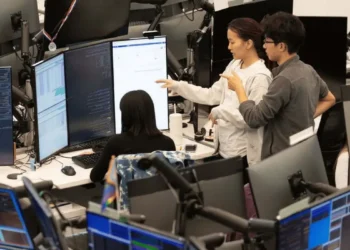Indian market saw a surge in metal and IT stocks on Monday, May 12, following a major trade development between the US and China. The announcement of a temporary easing of tariffs by both countries has lifted market sentiment across sectors.
The Nifty Metal index gained nearly 5%. Top gainers includes – Adani Enterprises, Hindustan Copper, SAIL, NALCO, Hindustan Zinc, and Vedanta, with gains ranging between 5% to 8%.
IT stocks also followed the trend by showing a sharp 5.4% jump. Companies like HCL Tech, Persistent Systems, Infosys, Mphasis, Wipro, and Tech Mahindra saw strong buying interest, recording up to 8% intraday gains.
The surge came after the US and China issued a joint statement from Geneva, agreeing to lower tariffs for 90 days. The US will reduce tariffs on Chinese imports from 145% to 30% by May 14. In return, China will cut duties on US goods from 125% to 10%.
This move is aimed at easing trade tensions and provide a room to both countries to work out on a long term solution. The tariff dispute had previously dragged down trade volumes and weighed on investor confidence.
US Treasury Secretary Scott Bessent noted that both sides held productive talks, “We are in agreement that neither side wants to decouple,” he said. The two nations also plan to set up a mechanism for ongoing discussions on economic and trade relations.
Jamieson Greer, US Trade Representative, stated that the US is seeking a more balanced trading relationship with China. The progress reported in earlier meetings seems to have laid the groundwork for this temporary truce.
Markets responded quickly. The sentiment boost was evident in Indian equities, especially sectors with global exposure such as metals and IT. Analysts see this as a welcome pause in what has been a protracted trade war between the world’s two largest economies.
Disclosure: The website managers, its employee(s), and contributors/writers/authors of articles have or may have an outstanding buy or sell position or holding in the securities, options on securities or other related investments of issuers and/or companies discussed therein. The content of the articles and the interpretation of data are solely the personal views of the contributors/ writers/authors. Investors must make their own investment decisions based on their specific objectives, resources and only after consulting such independent advisors as may be necessary.






